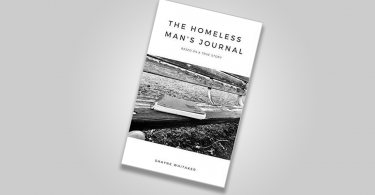If you are a book lover, you will have had the discussion of physical books versus e-books. This debate can raise opinions as strong as those about marmite, so here I am going to go through the pros and cons of both e-books and print books.
E-books pros
1. E-books can be read anywhere and on any compatible technology; if you leave your e-reader at home, but have the app on your phone or on a tablet, then you can pick up where you left off.
2. The ease of sharing and acquiring e-books is a big plus, and if you are in a foreign country and struggle to find books in your native language, you can easily find them online.
3. E-books tend to be cheaper than printed books, and on some sites you can legally download classics for free.
4. You are not intimidated by the size of the book. Let’s face it, a lot of us will have been put off reading a book when we saw how many pages it had. But if you buy that doorstop of a book as an e-book, then you only have to sit back and enjoy the story.
5. You can carry a library with you, very useful for holidays by the pool or if you read while commuting and are near the end of a book.
6. Most e-readers have built in dictionaries, so if you don’t know the meaning of a word all you have to do is press down, and the definition comes up on the screen.
Did you own one of the early #Kindle e-readers? #tbt #throwbackthursday pic.twitter.com/6PJf7vbT24
— Kindle (@AmazonKindle) January 22, 2015
E-book cons
1. You need to charge them.
2. There have been reports of airport scanners creating static which affects the e-reader so that it no longer works (happened to me, very annoying).
3. New releases are not that much cheaper than paper copies of the same book.
4. You can’t get an e-book signed.
5. The film Serendipity could never have happened with e-books.
6. Compatibility: a book bought for the Kindle may not work on a Nook or Kobo, as the files used are different.
Print book pros
1. No need to charge a book
2. If you like to read while in the bath, you won’t have a heart attack if you drop the book in the water…just let the pages dry and then carry on.
3. The sight of all your books lined up on shelves.
4. Books passed down through generations.
5. If you’re into it, the smell of books.
6. You can write in the book.
7. Bookshops
8. First editions.
9. Libraries
65% of kids agree that they will always want to read print books—http://t.co/JD1aWuLFLl #infographic #reading #books #edtechchat
— Learn2Earn (@Learn2EarnOrg) February 20, 2015
Print book cons:
1. Paper cuts.
2. Carrying round a heavy book
3. Dropping the book on your face when you’re reading in bed.
4. Some books are only released in e-book format, especially with the rise of self-publishing.
5. If you read while travelling and are near the end of your book, you might have to carry another book with you for the journey.
Ultimately it is down to personal preference; I would rather have my room filled with books than to have everything on one device, but my e-reader is useful for traveling and does save me some money on books. Whatever happens, I will certainly be using both mediums to read for the foreseeable future.
You can read more about the print vs digital debate in Emma Jones’s article ‘The OED and the battle of print versus digital’.
Do you prefer print books or e-books? Have your say in the comments below.








